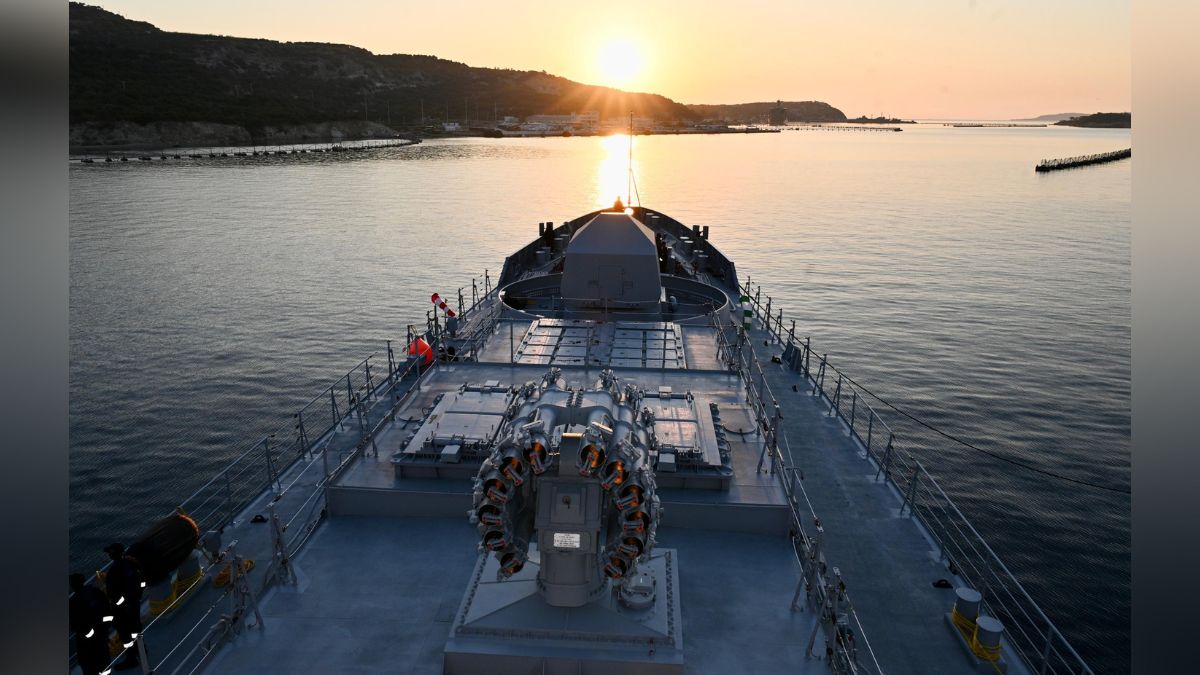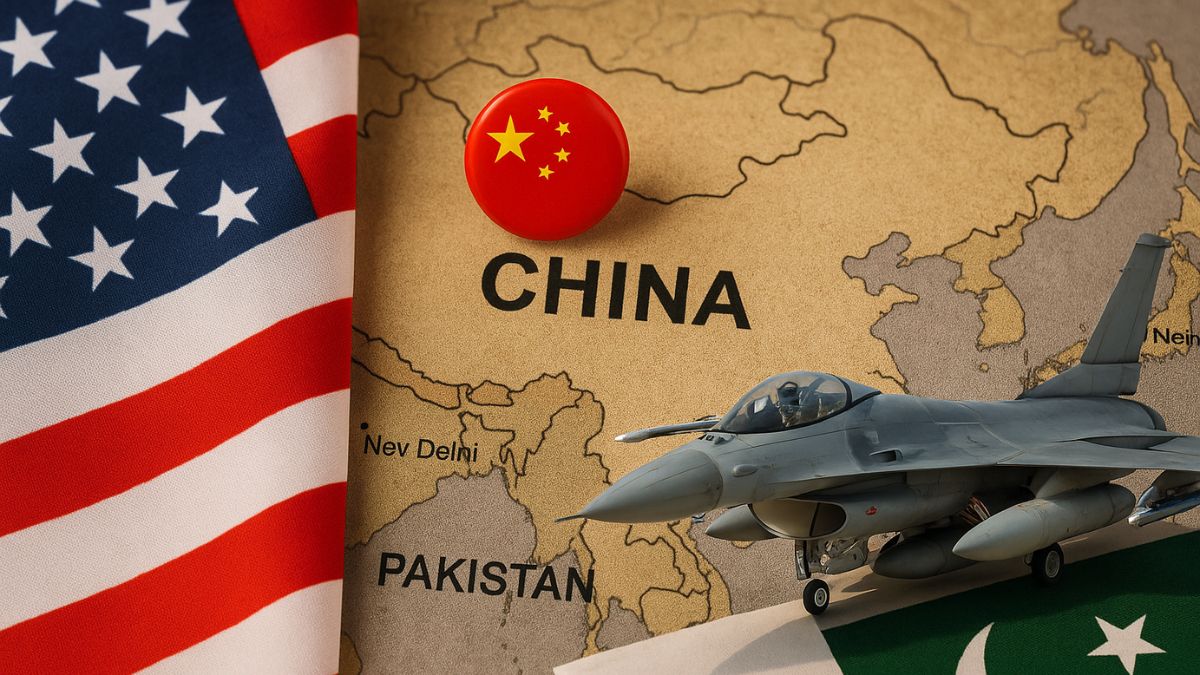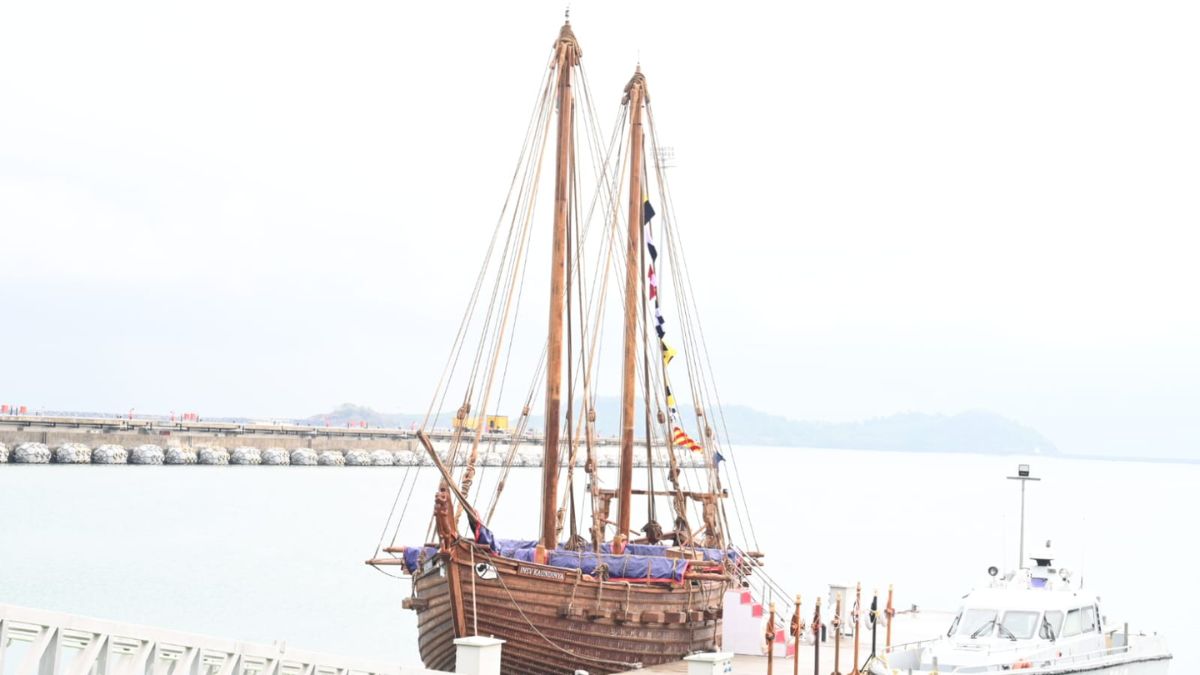Equipped With BrahMos, India’s Last Foreign-built Warship INS Tamal Arrives At Karwar Base

INS Tamal is the last foreign-built frigate to arrive in India. Image courtesy: X.com/@indiannavy
India’s navy welcomed its newest frigate, INS Tamal, at Karwar Naval Base on Wednesday (September 10, 2025) after a two-month voyage from Russia. The ship, a Talwar-class stealth guided missile frigate, was commissioned in July at Russia’s Yantar Shipyard and is armed with the supersonic BrahMos cruise missile.
Its arrival is being seen as a turning point for India’s maritime modernisation. Tamal is the last foreign-built warship in the fleet, with future expansion to rely entirely on indigenous shipbuilding as New Delhi deepens its push for self-reliance in defence production.
What are the capabilities of INS Tamal?
Nicknamed the “Sword of the Indian Navy,” Tamal is built for both offensive and defensive operations. The 3,900-tonne frigate can fire the BrahMos missile, conduct anti-submarine warfare with rockets and torpedoes, and embark a helicopter. With a top speed of 30 knots and endurance of 3,000 kilometres, it will operate under the navy’s Western Command, protecting waters off Gujarat and Maharashtra.
Tamal is the second of two follow-on Talwar-class frigates ordered from Russia. Its sister ship, INS Tushil, entered service earlier. Together they add to six Talwar-class ships already inducted since 2003, four of which are BrahMos-equipped, with the remainder undergoing upgrades.
How did the ship arrive on schedule despite the Ukraine war?
The frigate’s delivery was considered uncertain due to the conflict in Ukraine, but both Tamal and Tushil reached India without delay. The reason lay in engines: Ukrainian-made units had been delivered before the war began, preventing construction bottlenecks at the Russian yard. On its journey home, Tamal called at ports in St Petersburg, Casablanca, Naples, Souda Bay, Jeddah and Salalah — a reflection of India’s expanding naval diplomacy.
What does this mean for India’s naval strategy?
With Tamal’s arrival, India closes the chapter on importing warships and pivots fully to domestic shipyards for new frigates, destroyers and aircraft carriers. Indigenous projects such as the Nilgiri-class stealth frigates and the planned second aircraft carrier point to a future where Indian industry meets the bulk of fleet requirements.
For the navy, Tamal strengthens the “sword arm” of its western seaboard while symbolising a transition: from dependency on Russia for critical assets to building advanced maritime platforms at home.







